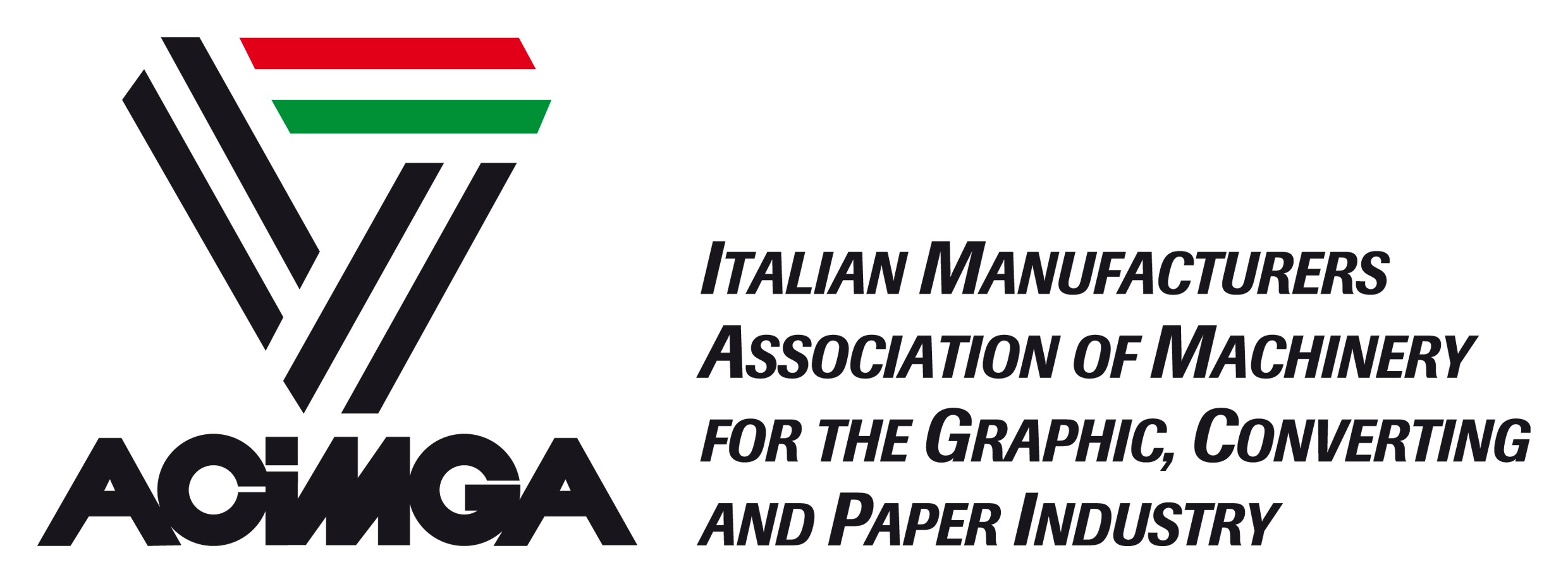In Italy’s leading segments for instrumental mechanics industry, the graphic and paper machinery industry looks optimistic in correlation to the increasingly aggressive international competition and stagnant domestic market.
Revenues from exports and export-generated is growing despite balancing the delayed difficulties in the domestic market which in turn is keeping the employment levels stable. This in sum comes from the market survey conducted by the research department of Acimga – the Italian Manufacturers Association of Machinery for the Graphic, Converting and Paper Industry – with regards to market performance in the 4th quarter of 2013 and forecasts for the 1st quarter of 2014.
Italian machinery for this sector produces over € 2 billion in revenues, 83% of which are generated by exports. The association employs 7,000 people in about 150 companies, 90% of which are small- and medium-size. The qualitative market survey, used a sample generating 82% of total revenues, in which it illustrates that exports are companies’ main strength: 48% of companies report an increase in exports in the fourth quarter of 2013, 40% report stability and only 12% report a drop. These results are expected to duplicate in the first three months of 2014, with substantial stability (48%) and a greater number of companies expecting growth (32%), compared to those expecting a decrease (20%). The data used is according to order performance on foreign markets, which shows an upward trend at the end of 2013 and is expected to remain stable (48%) in the 1st quarter of 2014 with a majority of positive forecasts (44% compared to 8%) from market operators. Italian products traditionally have been very receptive to international markets which will be interesting to see the outcome in Far East markets like in Middle-Eastern countries like Iran and the recovering U.S. market. Equally, Latin American countries are less promising as the past has shown.
By end of 2013, the domestic markets were at a standstill, with almost half (46%) of companies reporting stability, while the other was split between expencing either an increase or a decline. Optimism however prevails when looking into the first quarter of 2014 as domestic orders having started to register positive gains while nearly 80% of those companies asked, reported stable levels of employment.


























